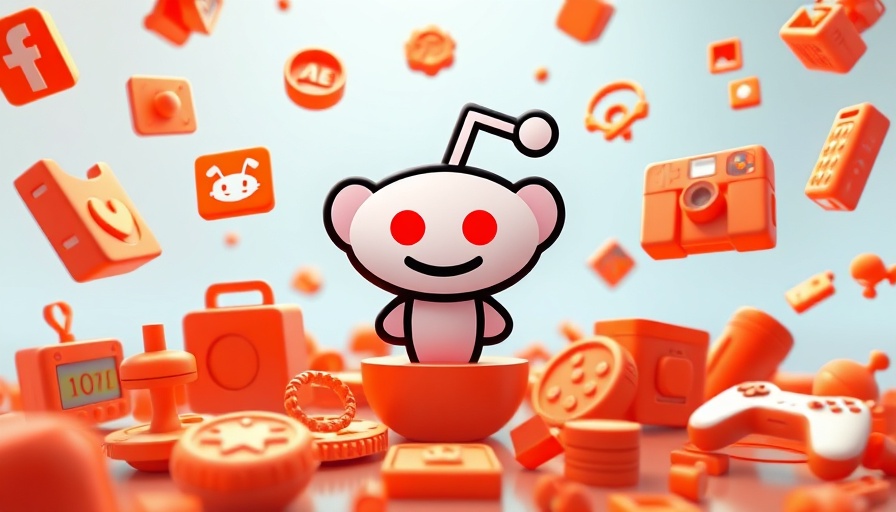
Understanding Backward Design in Content Creation
In the world of content marketing, the effectiveness of a piece is often rooted in its design process. Backward design shifts the focus from traditional forward planning to starting with the end goal in mind. This method allows creators to clarify the intended outcomes before diving into production. Instead of asking, 'What should I write?', the key question becomes 'What do I want my audience to take away from this content?'
Why Set Clear Goals?
Establishing clear objectives is crucial for anyone creating content. Whether you are a business owner or a marketer, identifying your goals will help you develop a content strategy that aligns with your audience's needs. Clear goals provide direction, ensuring that your content serves a specific purpose—whether it’s brand awareness or driving conversions.
Creating Content with Intent: The Process
With backward design, the creation process can be broken down into several key steps:
- Identify Desired Results: What do you want your audience to know, feel, or do after consuming your content?
- Determine Acceptable Evidence: How will you measure whether the desired outcome was achieved? This could involve direct feedback, traffic metrics, or engagement statistics.
- Plan Learning Experiences: What content formats or channels will effectively convey this message? Will you need videos, blogs, infographics, or social posts?
By working backward, you create a roadmap that leads directly to your target goals—engaging your audience with meaningful content tailored to their interests and behaviors.
Examples of High-Impact Content
To illustrate the importance of backward design, let’s consider two examples:
- Product Launch Campaign: Suppose a tech company is launching a new gadget. Their goal could be to generate excitement and drive pre-orders. The evidence of success may be the number of pre-orders or social media shares. Using backward design, they might create a countdown of posts revealing features, coupled with engaging stories that showcase real-life applications of the device.
- Educational Blog Series: An online learning platform aims to boost course enrollments. They might determine success through course sign-ups following a blog campaign. They can focus on learner outcomes by highlighting student success stories within the blogs.
In both cases, the content structure emerges from what the brand wants to achieve, ensuring alignment with audience expectations and needs.
Future Trends in Content Marketing
The future of content creation is undoubtedly moving toward more strategic approaches such as backward design. As customization and personalization take center stage in marketing, content that resonates deeply with targeted audiences will prevail. Adapting this design model can lead to more relevant, impactful, and results-driven content.
Final Thoughts on Backward Design
Adopting backward design can transform your approach to content marketing. By prioritizing your end goals, you can maximize the effectiveness of your content while engaging your audience in a meaningful way.
 Add Row
Add Row  Add
Add 




Write A Comment